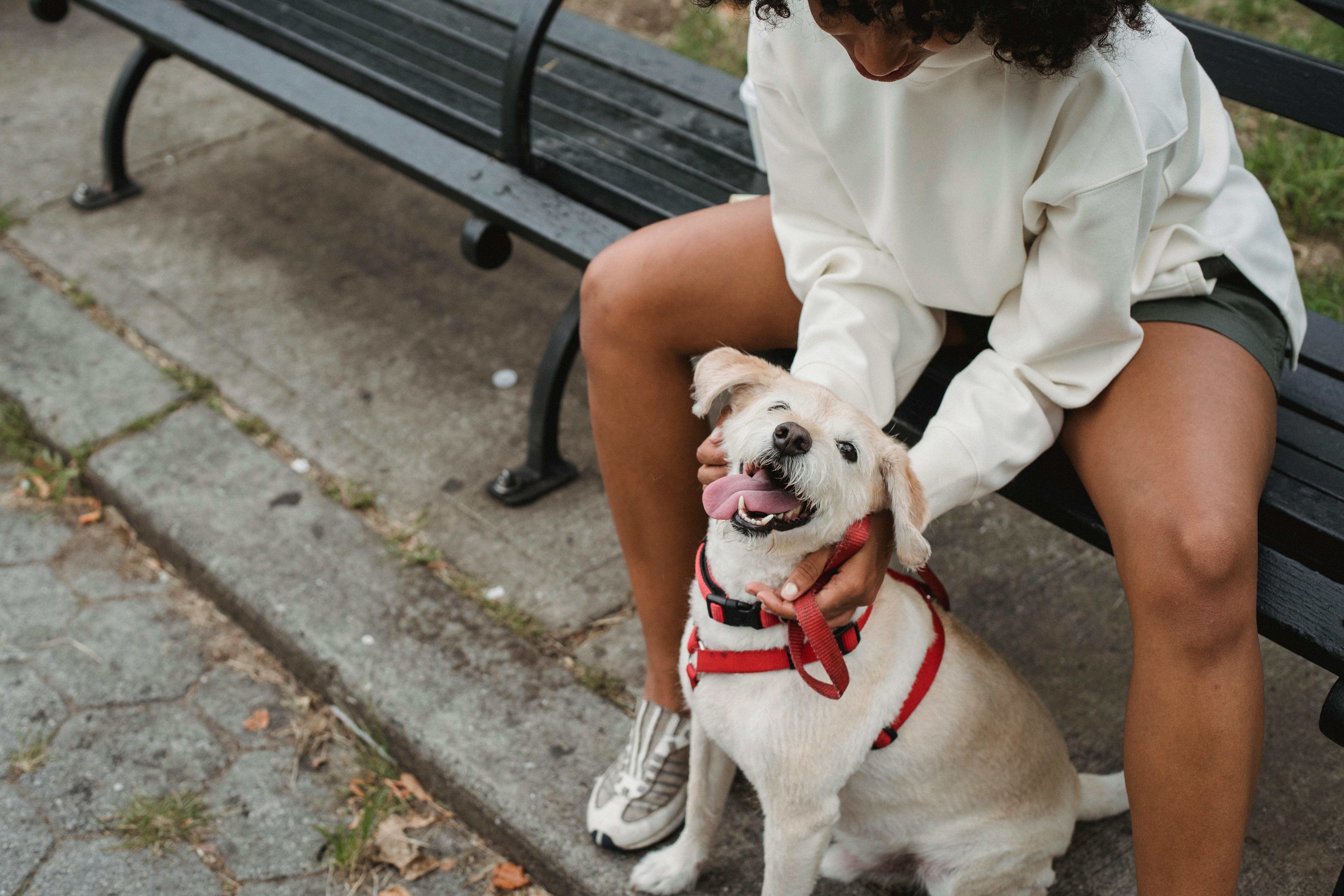Keeping rabbits healthy: when coccidiosis strikes

Coccidiosis is caused by “coccidian” protozoa and is the most common disease in rabbits. It can manifest itself in many places on a rabbit’s body, but the intestines are one of the most common areas. Until recently, it was very difficult to cure the disease and controlling the organisms within the rabbit’s body was the only option. But modern drugs have made it possible to kill the bacteria in several days of treatment, so your main concern may shift back to prevention. Young rabbits are at higher risk for the disease.
Symptoms: In mild cases, symptoms may not be noticed. In moderate to severe cases, your rabbit may have no appetite, have diarrhea, or stop gaining weight. The rabbit may also appear bloated or like it has a belly.
Treatment: Ponazuril (also known as Bayer Marquis) was developed to treat a microsporidian parasite in horses, but has been found to be extremely effective in permanently killing coccidia in rabbits. In the UK and Australia, there is a product called Baycox (toltrazuril) that has the same effect and is less expensive. Only 3 doses are required (1 per day is required) although some prefer to dose an additional 2 days to make sure the protozoa are gone.
Previously it was not possible to rid the rabbit of the protozoa, only to control its growth. This was done with a level of .025% sulfaquinoxaline in food for three to four weeks, or in water for two to three weeks. Other sulfa drugs (sulfadimethoxine, triple sulfa, etc.) may be effective but are less toxic than sulfaquinoxaline. Amprolium in feed or water was also sometimes effective. Not only are most coccidia resistant to these now, but, as mentioned, the treatment lasted for several weeks.
After an outbreak, be sure to thoroughly disinfect and disinfect housing, cages, bedding, food and water dishes – anything your rabbit has come in contact with that harbors coccidial protozoa.
Prevention: Coccidiosis is prevented simply by keeping your rabbit’s housing area as clean as possible. Keep the rabbit’s carcass clean and disinfected regularly. Design the housing so that droppings can fall to the ground. Keep stool out of food and water. Use a hay rack or tie the hay with wire or rope to prevent it from being trampled on and soiled.
NOTE: These suggestions for treatment and prevention are not given by a licensed veterinarian. If you are concerned about the health of your rabbits, you may want to contact a professional. All drugs for animals are now under federal regulations. Follow the manufacturer’s instructions and needle withdrawal times found on the label of each medicine container. Observe all local laws and regulations governing the proper use of medications. Doses can change.